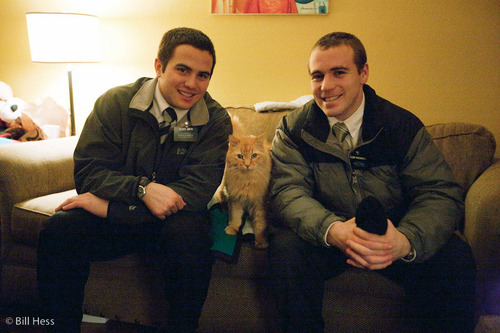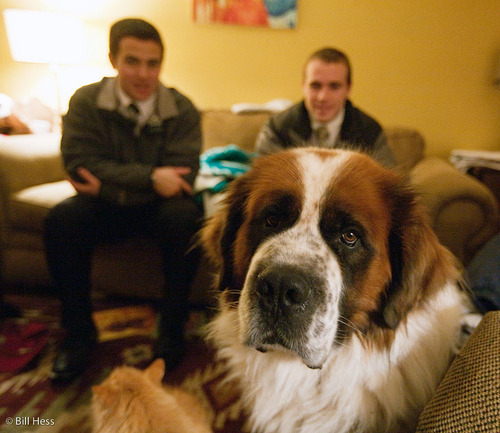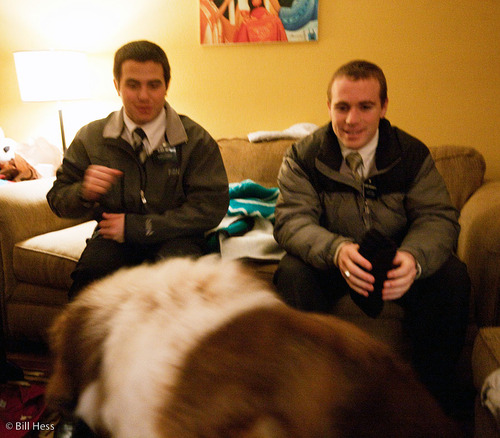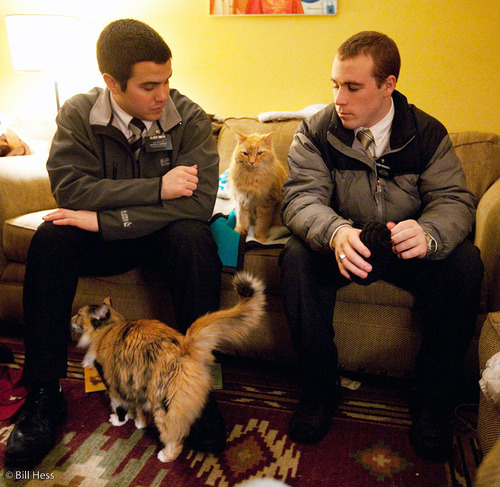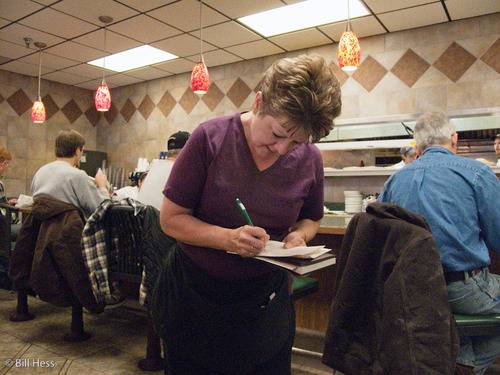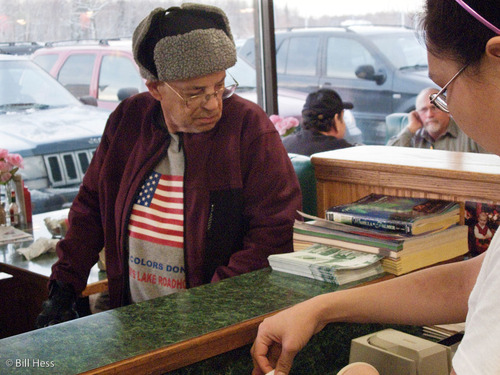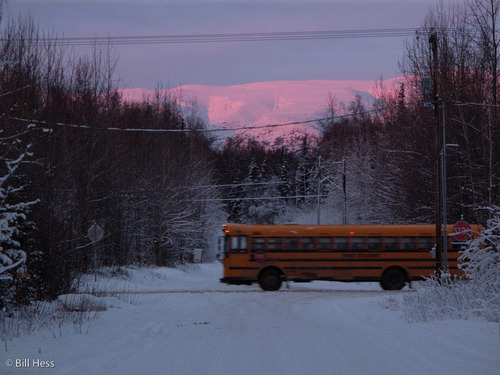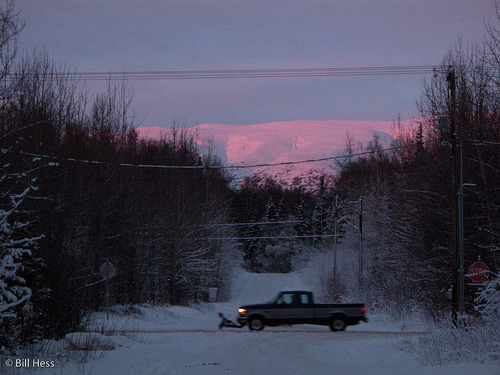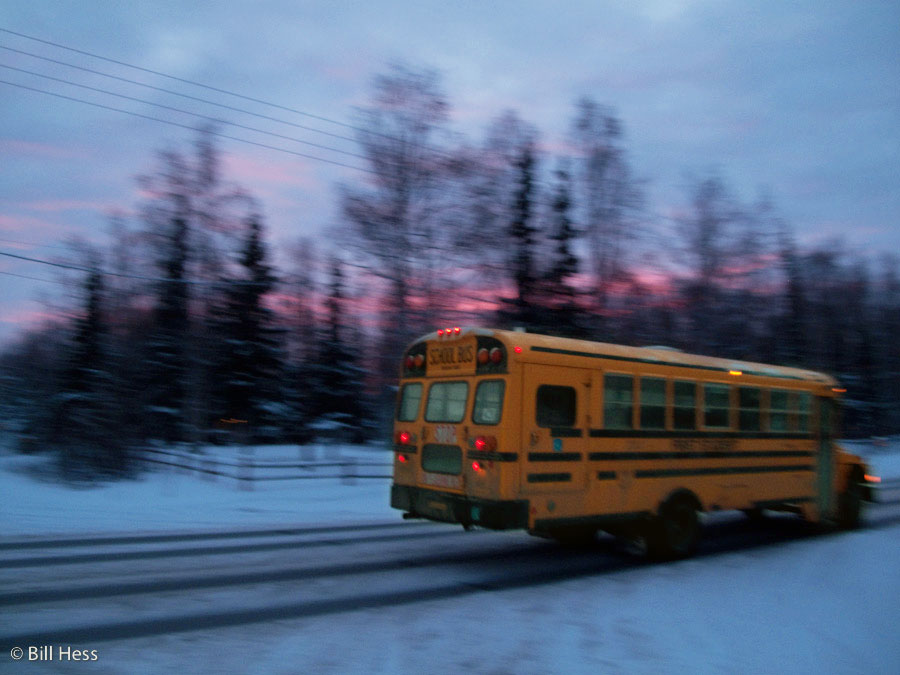My God-Loving Mom breaks the law and finds joy in it; other mothers important to me, presented in the order in which they entered my life
 Sunday, May 9, 2010 at 1:00PM
Sunday, May 9, 2010 at 1:00PM This is Mom, Thora Ann Roderick Hess, the descendant of Mormon pioneers who pulled handcarts across the plains to settle in the Rocky Mountains after being persecuted and driven out of the eastern United States for their beliefs - which, yes, included polygamy. Mom was born into a hard and sparse life, yet she found beauty all around her - in the songs of birds and the brightly colored petals of flowers and the fluttering wings of butterfies - in all the creations of the God to Whom she was determined above all else to bring her family back to.
When I was small, we would sometimes walk together. Butterflies would flutter around us and honey bees would buzz by to land upon the flowers and suck their nectar. Mom would sometimes pick a flower - dandelions, mostly, because we were in a town and could not pick the flowers that grew in gardens, but I also remember roses, daffodils and tulips in her hands.
And to a child, there was no flower more beautiful than the dandelion.
When Jacob graduated from Wasilla High, she came to visit us. Afterwards, on a beautiful, exquisite day when the temperature rose into the mid-70's for the first time that year, we took her on a drive up the valley to the Matanuska Glacier.
She marveled all the way. "I never thought I would live to see anything so beautiful as this," she exclaimed.
There is a visitors area alongside the road in the park that overlooks the glacier. A nature trail runs from the parking lot through the woods and over a steep drop off. At the entrance to that trail a sign warns visitors not to pick flowers. It is illegal.
We became separated as we walked, she taking her time as the rest of us scurried ahead.
This was not because old age had slowed her. Indeed, when we would visit her in the Salt Lake City Suburb of Sandy where she and Dad spent the final decades of their lives, I would accompany her on her daily walks and I would have to break out of my natural pace just to keep up with her. Even in her mid-seventies, she was a swift walker.
Mom took her time this day just to observe the beauty - and to illegally pluck some of it to take back to Wasilla with her.
She was so thrilled that I could not tell her she had just broken the law.
Park rangers - here is the evidence of Mom's crime spree - but you cannot arrest her, boys, because she lies in the ground now, alongside my dad and my brother, her son, who, despite her faith, could not be healed by all Priesthood blessings administered in good faith to him.
I wish that I could tell you that Mom's life came to a peaceful and happy end, but it didn't. Her final decade was a long, drawn-out episode of misery upon misery, brought on, I believe, not by lack of faith and hope but because of faith and hope, and the failure of life to live up to the promises of faith devoutly adhered to.
Yet, when the memories of the misery feel as though they are going to overwhelm me, I do have this photo to look back upon, to remember a day when my mother broke the law; when she was overcome with joy in the sheer beauty of the world that rose and fell all around her.
It is one of the absurd ironies of my life, but I have very, very, few pictures from our early days together of the beautiful woman who became my wife and the mother of my children.
In those days, she almost always refused to let me photograph her. It was extremely frustrating, to have such beauty before me all the time and not be able to photograph it, but that was the situation.
Yet, upon this day, after a rain that fell upon the cottage in Provo, Utah, where we began our life together and made our first baby, the light was so soft and beautiful and she looked so lovely standing in it, under her umbrella, that I begged her to let me photograph her.
Reluctantly, she consented.
I did not do my subject justice, but even so, I treasure this photo. Sometimes, I pull it up on my computer screen and just stare at it for long periods of time. To this day, I have yet to look upon greater beauty than that possessed by this gentle, sweet, woman - loving mother and now grandmother.
Were it not for this woman, there would never have been a Margie to become the mother of my children. This is Rose Pinal Roosevelt, Margie's mom, with our sons at her camp that borders her corn fields in Carrizo Canyon, on the Fort Apache Indian Reservation, home to the White Mountain Apache Nation.
Near here, she gave birth to my wife under the open Apache sky.
And the corn that is grown here is not yellow, but red, orange and black. The seeds have been with the family since time immemorial.
Margie was very worried the first time she brought me home to meet her mom and her dad - just as I had been when I brought her home to meet mine. Concerning the subject of who I should marry, my mom had been adamant on three issues: she must be chaste - a virgin, she must be Mormon and she must be white.
Yet, when my parents met my brown-skinned soul mate, they saw her inner beauty and quickly accepted her. Margie, too, had been raised to believe she must marry an American Indian, if not an Apache, and so feared the reaction of her mom and dad to meeting me.
They, too, accepted me immediately.
It got a little more awkward in some ways after we got married, because in Apache tradition, a man is never supposed to be with or talk to his mother-in-law. When Margie was growing up, she would see her mother's mother make a quick departure whenever her dad would approach.
So, when I would come around, Rose would have this feeling that she could get up and leave, yet it did not seem right to do so, so - most of the time - she would stay. Over the years, she grew more comfortable with the idea.
As for me, I enjoy being around her, especially when she cooks over the open fire. I would hate to think of it being any other way. Yet I still feel a little funny, sometimes, when I think about how I caused her to break out, just a bit, from the tradition that had formed her.
I share not one drop of blood, either by lineage or marriage with either of these two women, Mary Ellen Ahmaogak on the left and her mother, Kanaaq, Florence Ahmaogak, on the right.
Yet, I include her here because in the year 1995, Kanaaq's husband, Bennie, took me into his whaling crew but in doing so, it was more than that. He took me into his family as well. Kanaaq originally wondered about the wisdom of this, but Bennie was the captain and so she accepted it.
As the season drew on, she began to call me, "my baby boy," and would laugh affectionately when I would come up from the ice and enter the house. She kept a bed ready for me, and the coffee pot hot.
There are no papers to prove it, no ceremony was performed, but Bennie and Kanaaq did adopt me in an Iñupiaq way. Their sons and daughters call me brother, their children, uncle - but they say "Ataata Bill."
After that season, whenever I would show up in Wainwright, Kanaaq would say, "Welcome home, son. Your room is waiting for you."
She would feed me generously, and it was always the food of the Arctic land and sea, such as the bowhead maktak that she and Mary cut here.
There is a much bigger story to tell here and I plan to, down the road a bit.
And if some of you, knowing that when I am in Barrow I most often stay with Savik and Myrna Ahmaogak and that they also treat me as family - as do so many others on the Slope and elsewhere in Alaska - wonder why I have not included a picture of Myrna here, it is because when I am out with Myrna and Savik, I am introduced as "my brother," not my son.
It feels just as good.
I also feel a very strong bond to every whaling crew that ever took me in - George and Maggie Ahmaogak, Kunuk and Mabel Aiken of Barrow, Elijah and Dorcas Rock of Point Hope, the Aishannas of Kaktovik and Nukapigak and Rexford of Point Lay.
A few years after Jacob was born, Mary Fatt, the woman at right gave birth to Lavina and raised her in the Navajo way. So far, I have spent very little time with Mary, but, just knowing Lavina, I know she is a great mother.

Regular readers know Lavina, mother of my grandsons, Kalib and Jobe. Here she is, Friday night, holding Jobe in the Apache cradleboard that his Aunt LeeAnn made for him. The event is a baby shower. I had planned to post images from the shower as part of this post, but I have run out of time.
I will make Jobe's baby shower the subject of my next post.
To all mothers everywhere: Happy Mother's Day!












